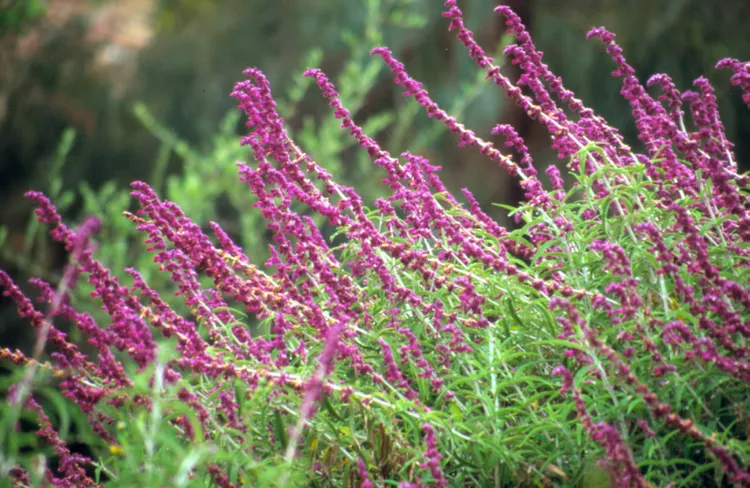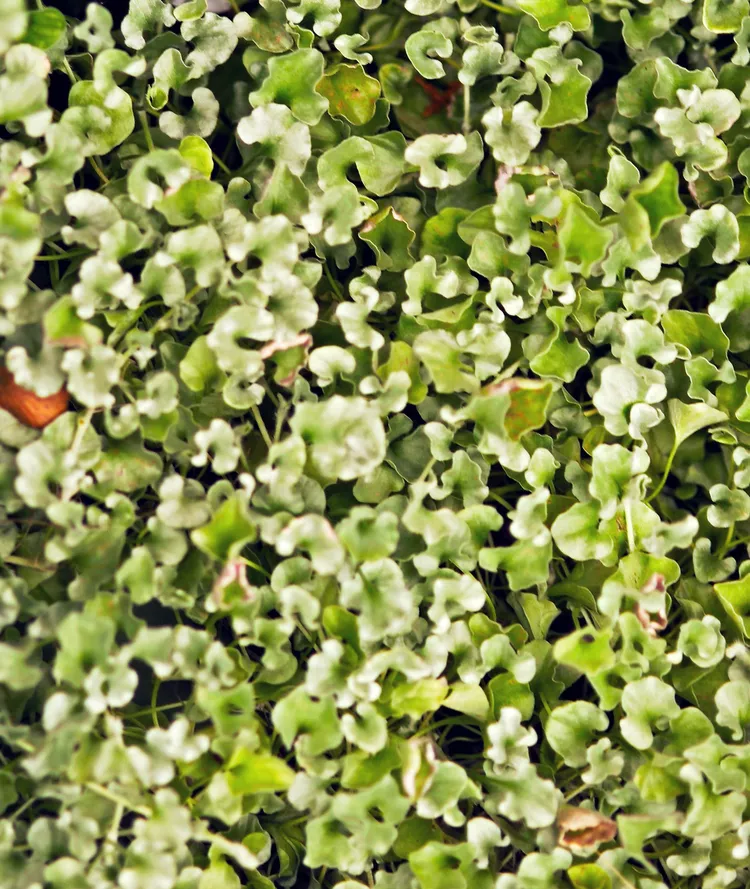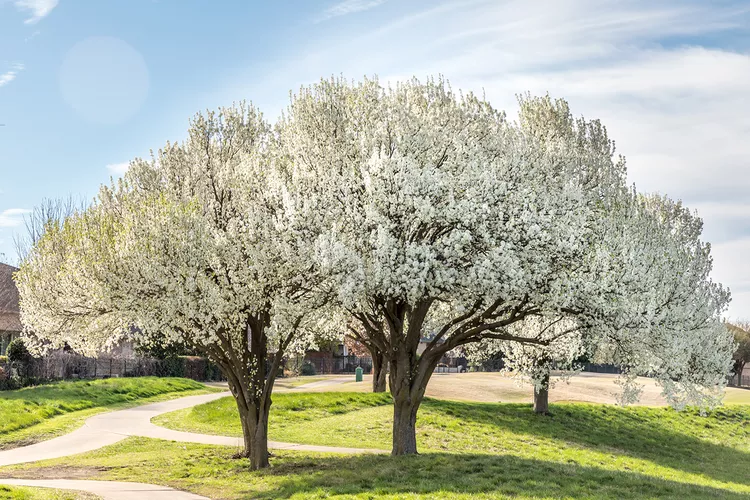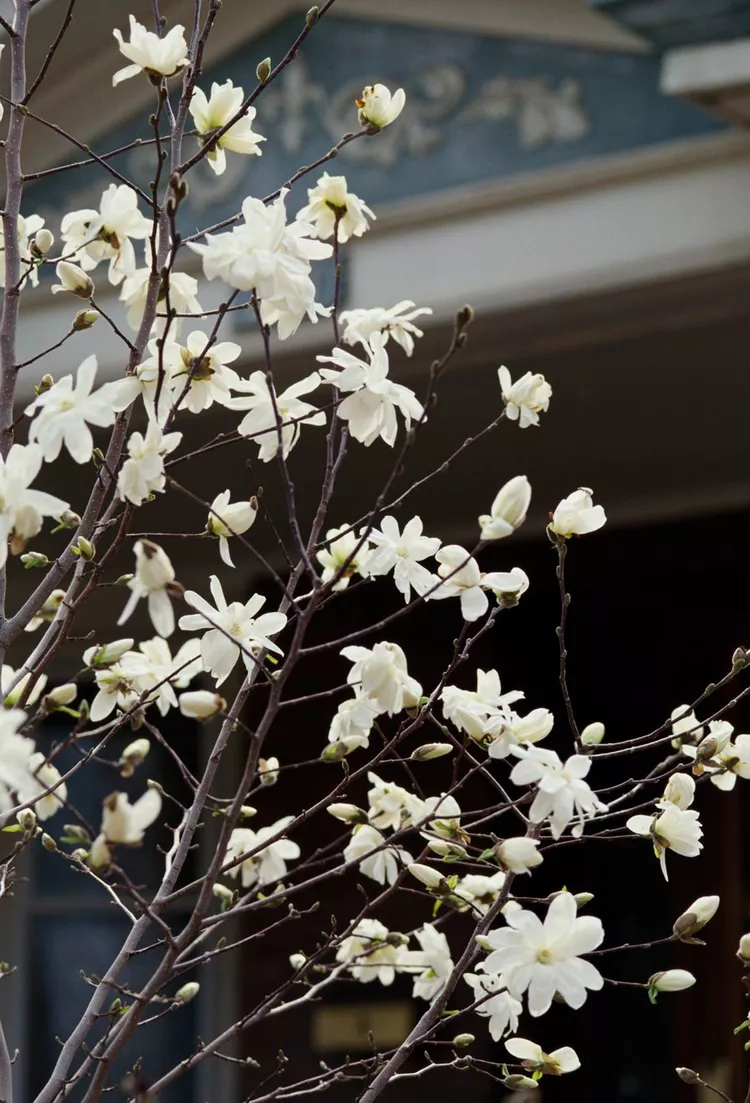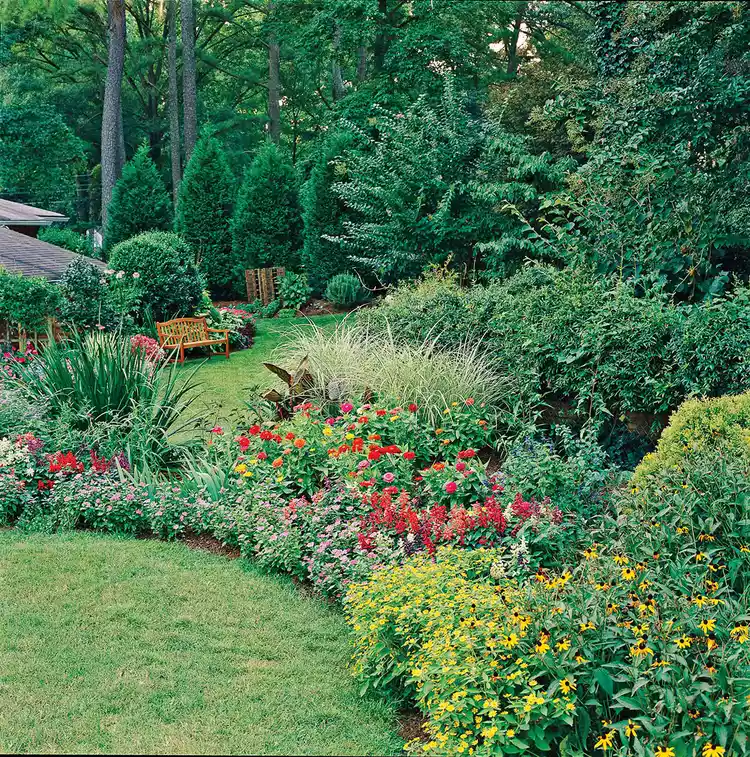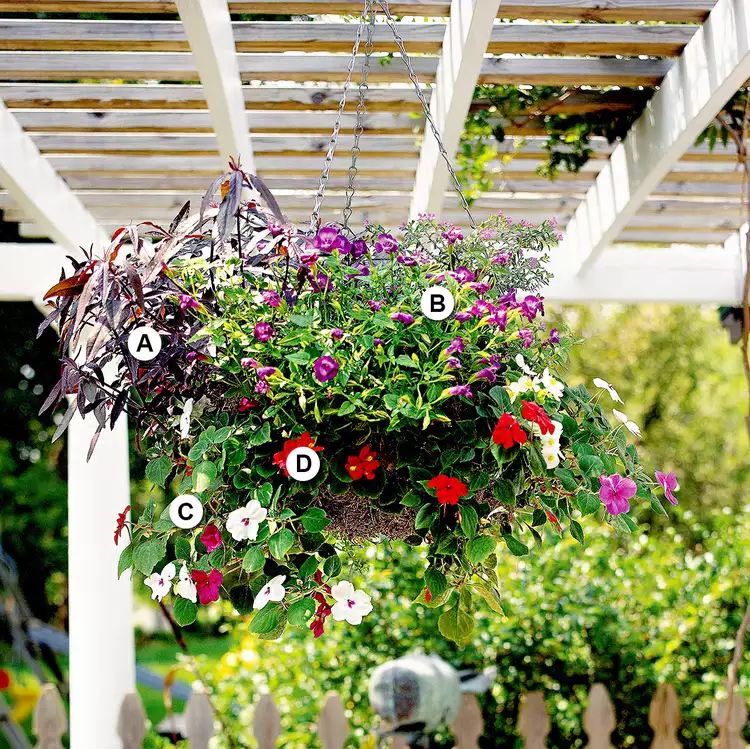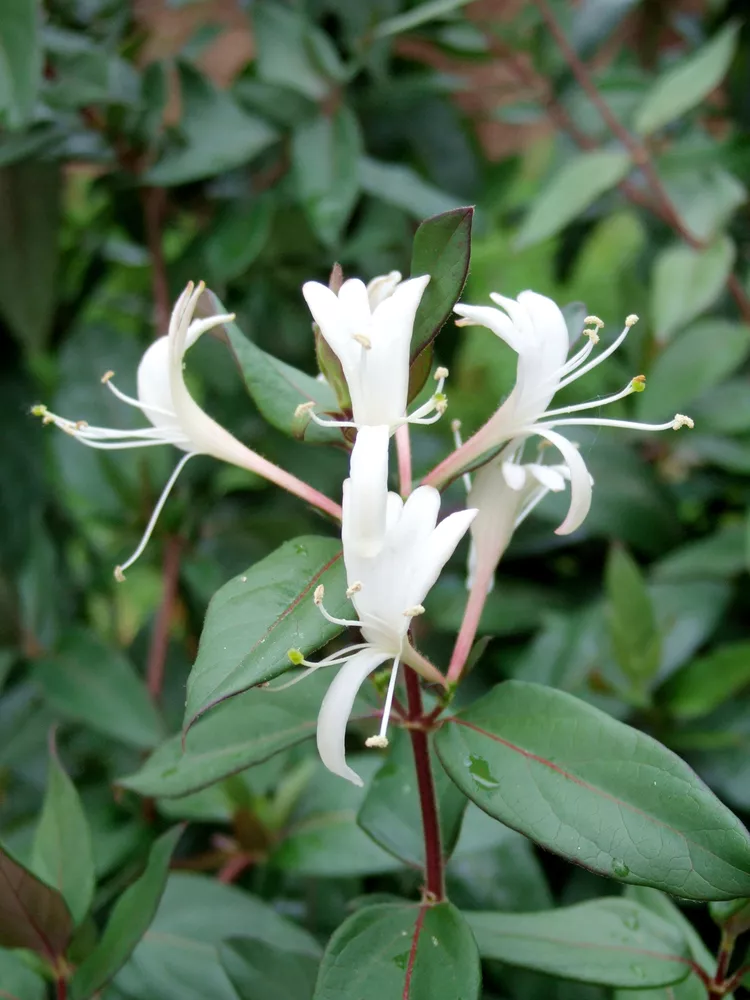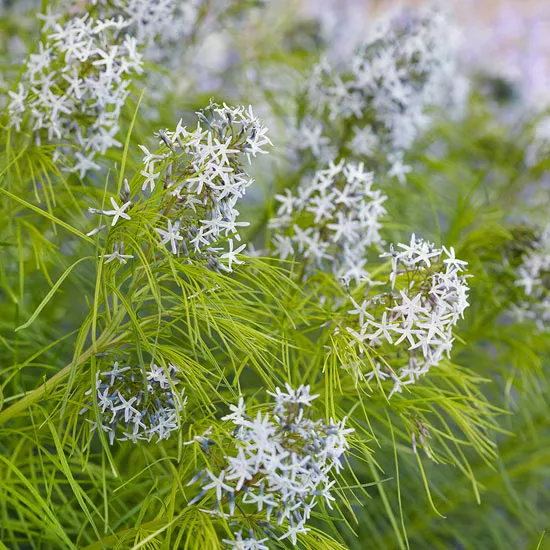
If you're scouring your closet for a jacket during frosty weather in spring or fall, chances are the plants in your garden are feeling the chill, too. Temperatures in the low 30°F range can kill vegetable crops and colorful flowering annuals like petunias and begonias. While you can't grab a jacket for your cucumber vines or pots of marigolds, you can learn how to protect plants from frost to help them survive cold snaps, as well as which species need frost protection and when you should take action.
What Is a Frost?
When weather forecasters issue a frost advisory in late spring and early fall, that's your heads-up to protect annuals and other vulnerable plants. You might think a frost doesn't occur until temperatures drop to the freezing point (32°F), but the cold weather phenomenon sets in when temperatures fall between 32°F and 36°F. A frost can be light or hard; a light frost around the upper end of the temperature range might kill the tops of tender plants while the lower parts remain green. A hard frost happens when temperatures hover around 32°F for a few hours, which kills all above-ground parts.
Frost Vs. Freeze
Below 32°F is considered a freeze, which is more destructive than a frost. Tender plants, such as tropical houseplants and geraniums, are killed when the air temperature stays below 32°F for a few hours. A freeze warning often signals the end of the growing season in fall because temperatures are low enough to kill off annuals and trigger dormancy for hardy perennials, trees, and shrubs. Freeze warnings in spring signal the need to bring tender plants inside until temperatures warm up.
Which Plants Need Frost Protection?
Generally, annual plants that fruit and flower in warm temperatures are most sensitive to cold weather. Think about which veggies and herbs you harvest in midsummer and which annual flowers are most colorful during the hotter temperatures. Frost protection for plants like these is needed either in spring when they're young and tender or in fall if you want to keep them going as long as possible before winter sets in. Many of these plants come from frost-free tropical regions of the world, so play it safe and make plans to protect them whenever temperatures dip below 40°F.
In contrast, perennials (garden plants that come back year after year), shrubs, and trees can usually withstand a sudden drop in temperature as long as they are healthy and hardy in your region. A spring freeze might damage developing fruit and destroy flowers, but these plants will survive.
Some edible plants, such as peas, lettuce, onions, cauliflower, broccoli, radish, and cabbage, are particularly hardy. These cool-season vegetables generally withstand temperatures as low as 26°F. Even hardier crops including beets, Brussels sprouts, carrots, collards, kale, parsley, and spinach can shake off temperatures in the low 20s. A few cold-tolerant flowers like pansies and sweet alyssum don't mind frosty weather either.
Frost-Protection Strategies
Figuring out how to protect plants from frost can be overwhelming depending on the size and quantity of plants you need to protect, but these strategies help streamline the process.
Move Containers Indoors
When possible, bring tender plants indoors. Small container gardens and plants still in their nursery containers are generally easy to move indoors temporarily. A heated location isn't always necessary. Moving plants to a space like a garden shed or a garage will provide enough protection when it gets cold. However, when lows are near freezing, move your plants to an insulated indoor location.
Bring Out the Blankets
Round up old bedspreads, blankets, and large towels, then drape them loosely over plants, supporting the material with stakes as needed. Be sure the plant cover extends to the ground in all places to create a small dome of insulation. If the wind is a problem, anchor the fabric to the ground with bricks, stones, or another heavy object.
Woven fabric provides better protection than plastic or paper. You can add plastic sheets on top of your fabric layer to shield it from precipitation that may also be occurring. Remove your coverings by mid-day so plants don't overheat, but keep them handy because there is often more than one frosty forecast per season.
Use a Cloche
French for "bell," a garden cloche is usually a rounded cover that acts as a mini-greenhouse around a single tender plant. A super easy garden hack is to make a milk jug cloche by cutting off the bottom of a gallon-size jug and placing it over a plant, pushing the bottom of the jug about an inch deep in the soil. Tie the jug's handle to a nearby stake to prevent it from blowing away. Keep the jug lid closed at night for maximum protection, but remove the lid to vent the cloche during the day to avoid overheating the plant.
Water Well
Did you know moist soil can hold four times more heat than dry soil? The moisture in the soil conducts heat to the soil surface, warming the area around the plant as much as 2°F to 3°F. When cold weather is forecast, water your plants well. In addition to watering, add a cloche or blanket for another layer of protection.
Add Mulch
A thick layer of mulch, such as shredded bark or compost, can help insulate tender plants. Cover the entire plant with mulch the night before low temperatures are forecast. Remove it when the weather warms up again. Messy and labor-intensive, mulch may not be the best option for large planting areas. Reserve this method for a few small but sturdy plants or those where you can spread out the extra mulch when the need for protection ends. Don't try this with fragile seedlings!
New



